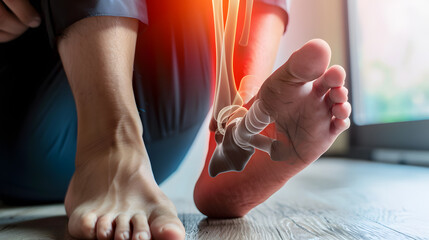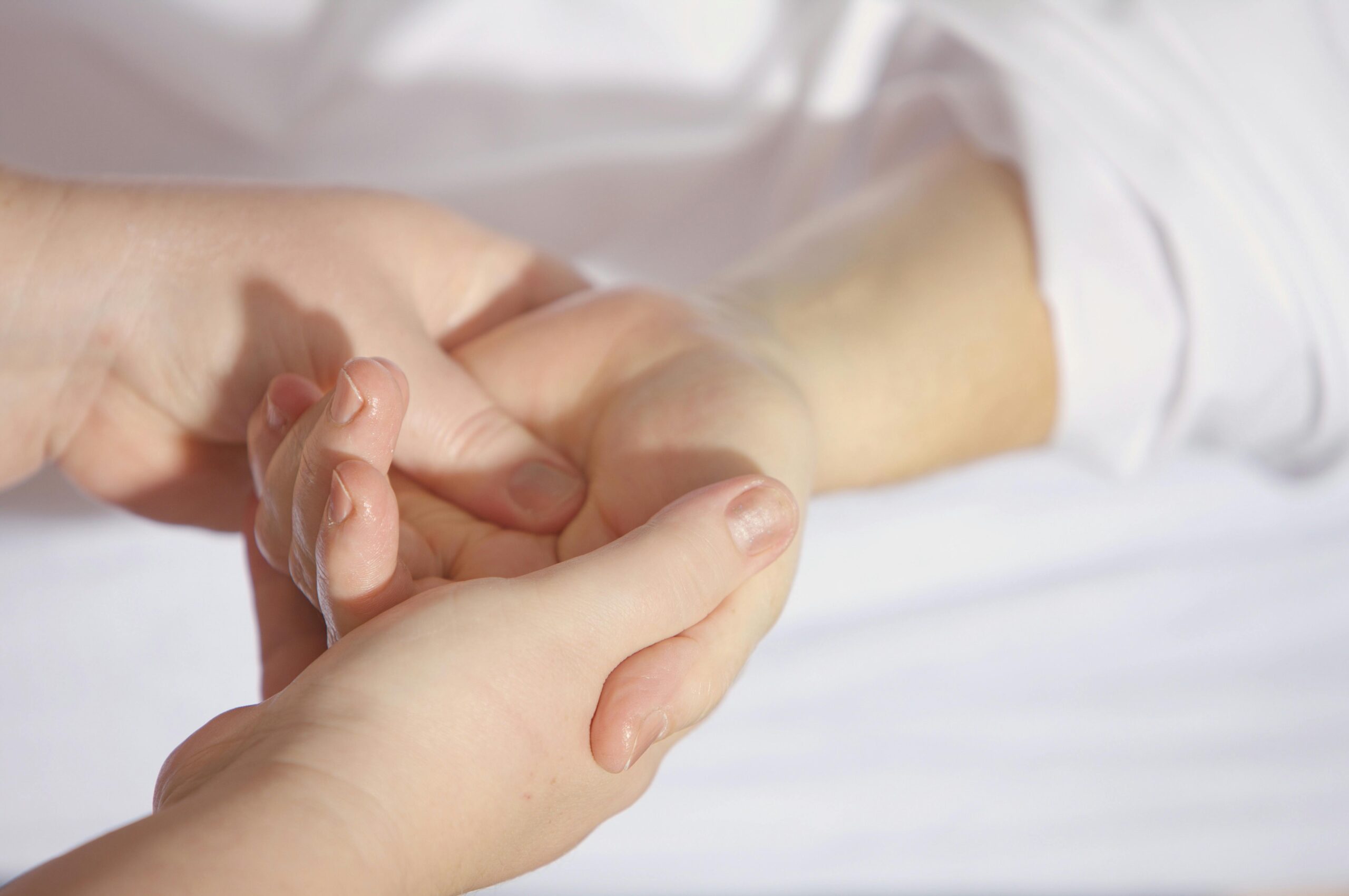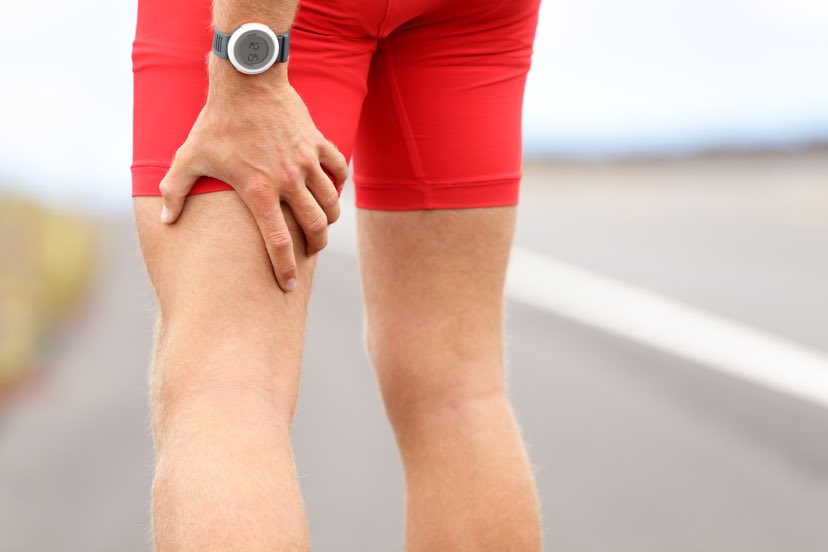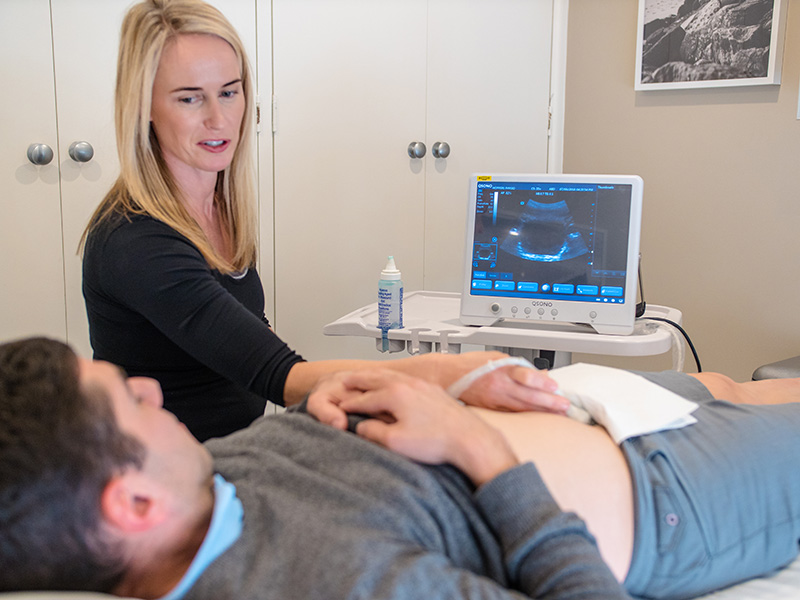What causes Plantar Fasciitis?
Plantar fasciitis is a common condition of the foot caused by pain and inflammation in the band of tissue that starts at your heel on the bottom of the foot and ends at your toes. This band is called the plantar fascia, and fasciitis refers to inflammation of the fascia. What causes Plantar Fasciitis? Structure of the foot – Flat feet or a high-arching foot can increase the tension through the plantar fascia, increasing the risk of developing the…










